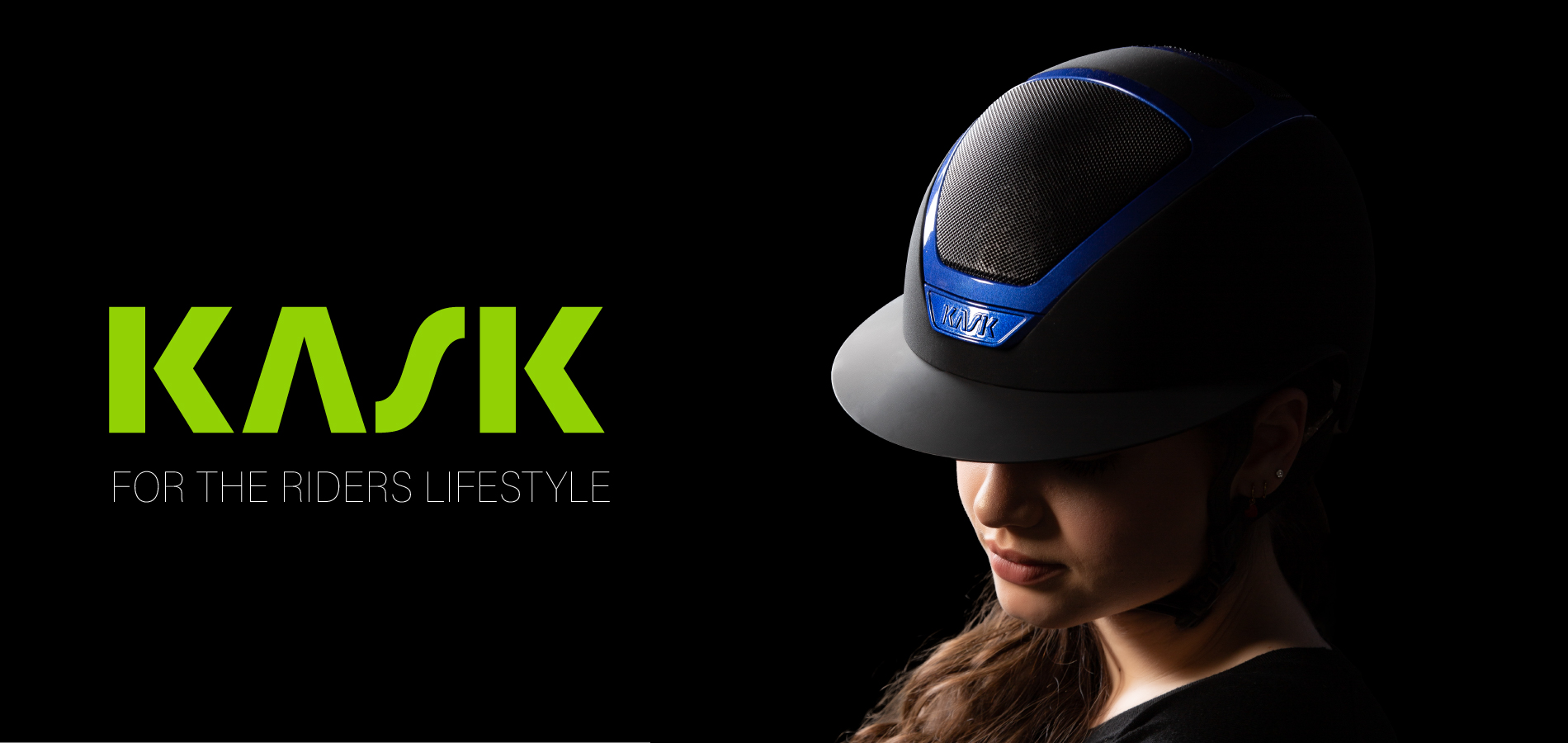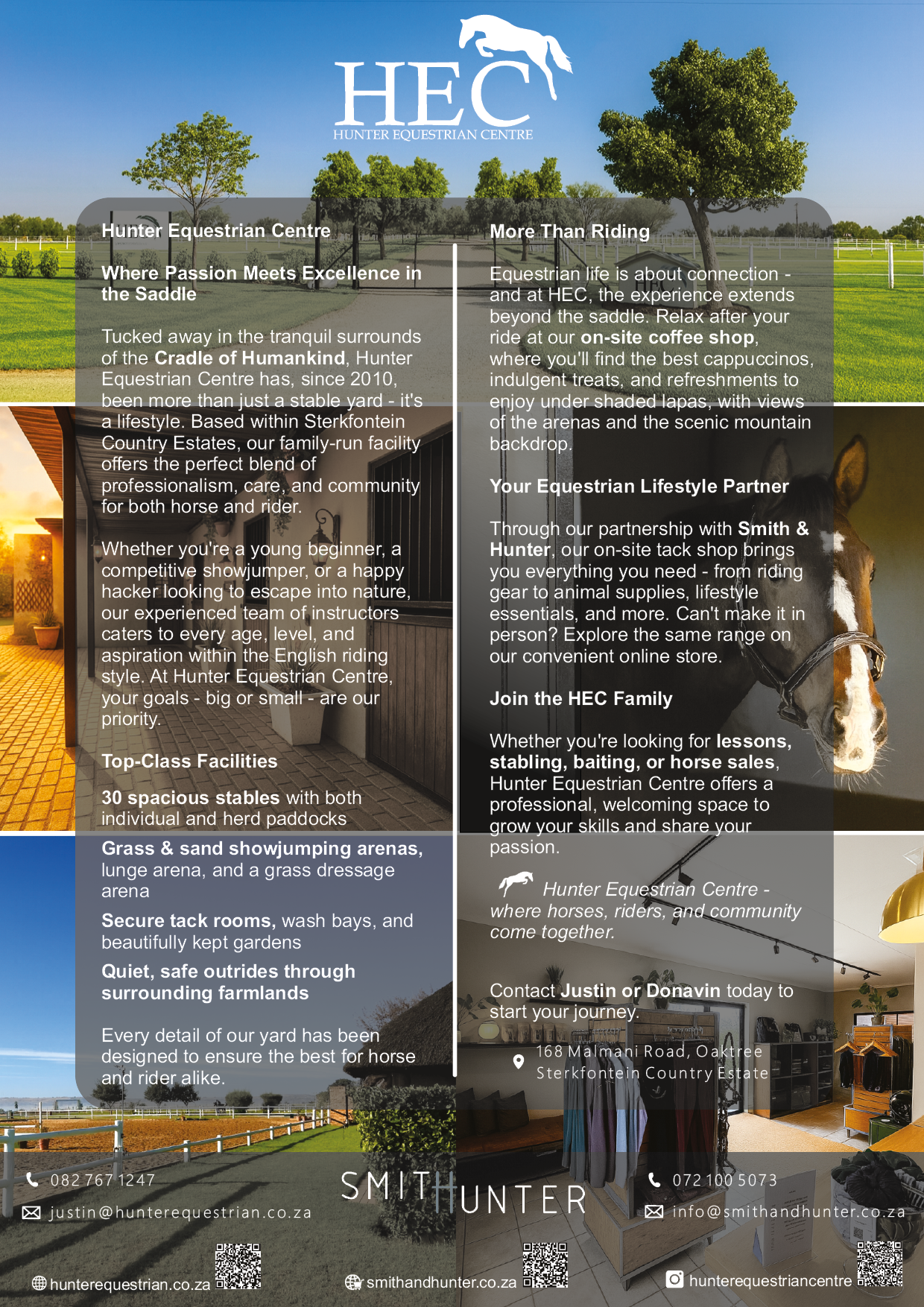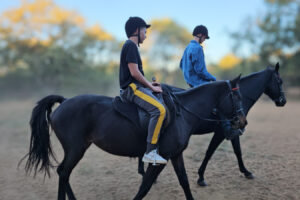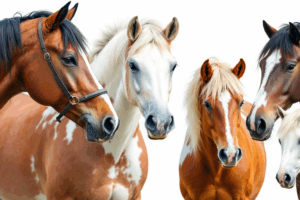PETER MENET’S APPROACH TO PAIRING HORSE AND SADDLE.
The relationship between a horse and its saddle is a delicate balance of science, biomechanics, and artistry. Peter Menet, the renowned saddle designer behind Menet and Amerigo Saddles, has spent over 40 years studying this connection.
His deep knowledge of equine anatomy and biomechanics drives his innovative saddle designs, which aim to enhance both horse performance and health. Menet’s work is grounded in the belief that the right saddle can unlock a horse’s potential, while a poorly fitting one can limit movement and cause long-term damage.
A Scientific Approach to Saddle Fitting: Peter Menet’s philosophy on saddles is rooted in a scientific understanding of equine anatomy. He begins with a thorough assessment of each horse, starting with key areas such as the teeth, jaw, withers, and shoulders. He has observed that horses often exhibit asymmetry, with one side stronger than the other, and he believes that saddle fitting must consider this natural imbalance. Saddles that do not conform to a horse’s specific shape can impede movement, cause discomfort, and even affect long-term soundness. One of Menet’s key principles is that the saddle must allow the horse’s back to rise naturally. This “lifting” of the back is crucial for allowing the horse to use its full range of motion, particularly through the shoulders and neck. A well-fitted saddle supports the back and shoulders, preventing them from hollowing out and limiting movement, which is often a consequence of an improperly fitted saddle.
The Impact of Saddles on Young Horses: Menet’s experience with young horses highlights the importance of saddle fit in a horse’s developmental years. Young horses are constantly growing, and their muscles and bones are still forming. During this critical time, a poorly fitting saddle can negatively impact their growth, causing issues that can persist into adulthood. He advocates for regular reassessments of saddle fit as the horse grows, ensuring that their saddle always supports healthy development.
He also points out that young horses are more likely to have weaker areas, particularly in their backs and hindquarters, which makes them more sensitive to the effects of a bad fit. A saddle that places too much pressure on these weaker areas can prevent a young horse from developing the necessary muscles to carry a rider effectively. Menet’s designs account for this by distributing the rider’s weight evenly across the horse’s back, reducing strain and encouraging healthy growth.
Bridging Art and Science: Menet has often described his approach to saddle design as a blend of art and science. His saddles are not only tailored to the physical characteristics of the horse but also to the needs of the rider. He designs his saddles with specific disciplines in mind, whether for dressage, jumping, or eventing, understanding that different disciplines place different demands on the horse’s body. What sets Menet apart is his ability to integrate high-performance technology with traditional craftsmanship. He collaborates with other experts, such as Selleria Equipe, to produce saddles that fit the horse and enhance their performance. His attention to detail extends to every part of the saddle, from the girth that must fit snugly without blocking the ribcage to the pads designed to reduce impact on the horse’s back during landings from jumps. For Menet, saddle fitting is not just about equipment—it’s about creating a partnership between horse and rider that respects the horse’s natural movement and physical needs. His work serves as a reminder that the right saddle can make all the difference in unlocking a horse’s full potential.

















